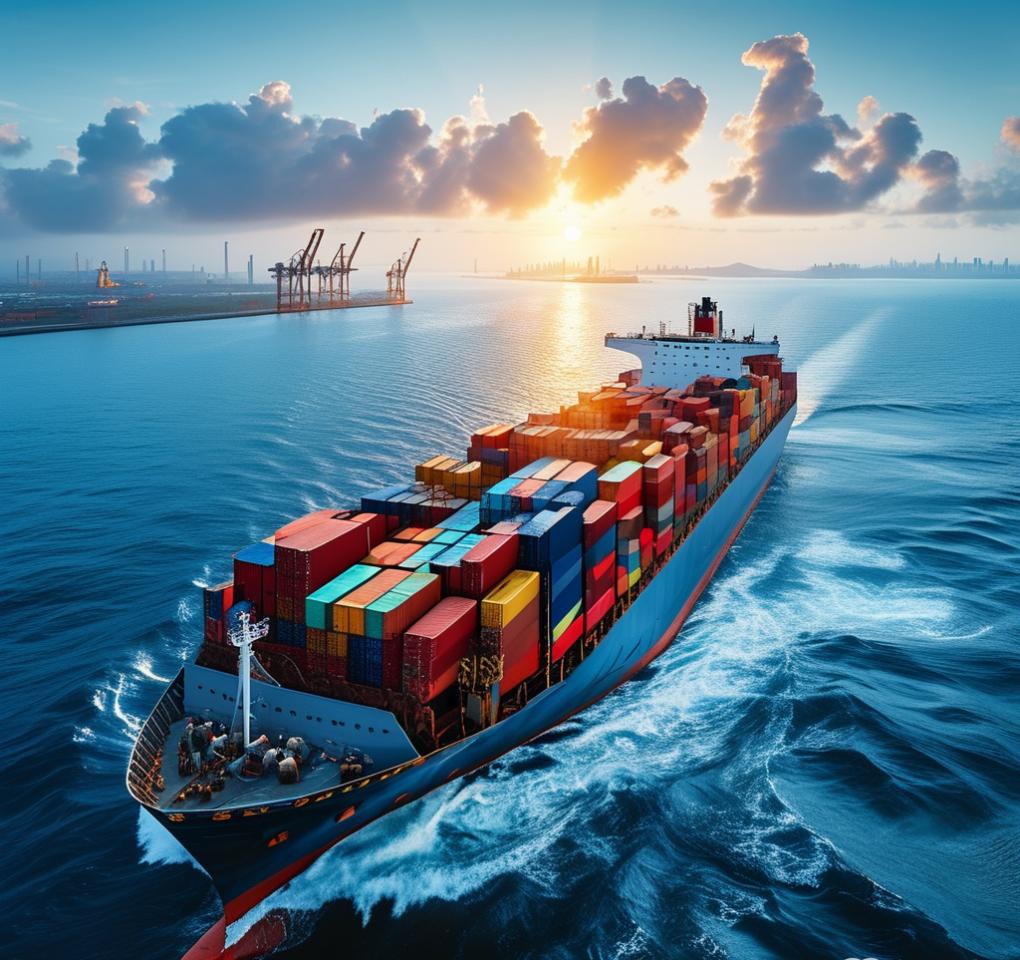- By TOP CHINA FREIGHT
- July 29, 2025
- Shipping
If you’re importing goods from China in large quantities, Full Container Load (FCL) shipping is one of the most efficient and cost-effective logistics options available. FCL shipping allows you to book an entire container exclusively for your cargo—minimizing handling, reducing risks, and ensuring faster transit times compared to shared container shipments (LCL).

1. What is FCL Shipping?
FCL (Full Container Load) means your cargo occupies a full container without sharing space with other shippers. This method is ideal for bulk shipments, fragile goods, or products that need special handling.
2.FCL Container Types and Sizes
| Container Type | Dimensions (L x W x H) | Max Volume (CBM) | Max Load (kg) |
|---|---|---|---|
| 20ft Container | 5.9m x 2.35m x 2.39m | ~33 CBM | ~28,000 kg |
| 40ft Container | 12.03m x 2.35m x 2.39m | ~67 CBM | ~28,000 kg |
| 40ft HC (High Cube) | 12.03m x 2.35m x 2.69m | ~76 CBM | ~28,000 kg |
3.Benefits of FCL Shipping from China
Per-unit shipping cost decreases with higher volumes.
No need to consolidate or deconsolidate cargo.
Less handling, less chance of cargo mix-ups.
Your goods are sealed and handled only at origin and destination.
4.FCL Shipping Process from China
1.Book Your Container
through a freight forwarder or shipping agent.
2.Pick-up and Stuffing:
Your cargo is loaded into the container at the supplier’s factory or warehouse.
3.Transport to Port:
The sealed container is transported to a Chinese port like Shanghai, Shenzhen, or Ningbo.
4.Customs Clearance
(Export)in China.
5.Ocean Freight:
Container sails to the destination country.
6.Customs Clearance
(Import) in the destination port.
7.Delivery
to your warehouse or final address.
5.Major Ports in China for FCL Shipping
- Shanghai Port – The busiest port in the world
- Shenzhen (Yantian, Shekou, Chiwan)
- Ningbo-Zhoushan Port
- Qingdao Port
- Tianjin Port
6.FCL Shipping Costs from China
FCL shipping costs depend on:
- Container size (20ft or 40ft)
- Shipping route and distance
- Carrier rates
- Seasonal demand
- Port charges & customs duties
Tip: Work with a reliable freight forwarder in China to get competitive rates and full logistics support.
7.How Long Does FCL Shipping from China Take?
| Destination | Estimated Transit Time |
|---|---|
| USA (West Coast) | 14–18 days |
| USA (East Coast) | 25–35 days |
| Europe (Rotterdam/Hamburg) | 28–35 days |
| Australia | 15–20 days |
| Africa (West/East) | 25–40 days |
8.When NOT to Use FCL?
- When your shipment volume is too small to fill a 20ft container (usually under 15 CBM)
- If you need urgent delivery (consider air freight)
- When your cargo is non-urgent but fragile and requires special temperature control (consider reefer containers or special LCL services)
9.Tips for First-Time Importers
- Plan ahead: FCL space is limited during peak seasons.
- Check Incoterms: Know whether your supplier offers FOB or EXW.
- Hire a customs broker: Especially for complex or high-value cargo.
- Verify packing list and bill of lading details.
- Track your container during transit.
Final Thoughts
FCL shipping from China is a practical, secure, and economical solution for bulk importers. Whether you’re an established importer or a growing e-commerce brand, choosing FCL ensures fewer risks and better control over your logistics. To simplify the process and avoid hidden costs, it’s best to partner with an experienced freight forwarder in China who can manage everything from booking and packing to customs clearance and final delivery.
Need a Shipping Quote?
Click below to get a free, no-obligation quote from TJ China Freight.
We’ll respond within 24 hours with the best shipping options for your cargo.
FAQ:
Q1: What is the minimum volume required for FCL shipping?
Typically, 15 CBM is considered the minimum to make FCL cost-effective.
Q2:Can I use FCL shipping if I don’t fill the whole container?
Yes, but it may not be cost-effective unless you want exclusive use or extra protection.
Q3: Do I need insurance for FCL shipments?
It’s highly recommended. Marine insurance protects your cargo against loss or damage.
Q4: Can a freight forwarder help with customs clearance?
Yes. Most Chinese freight forwarders provide full-service including documentation and clearance.
Q5: How far in advance should I book FCL space?
During peak seasons (like before Chinese New Year), at least 2–3 weeks in advance.
